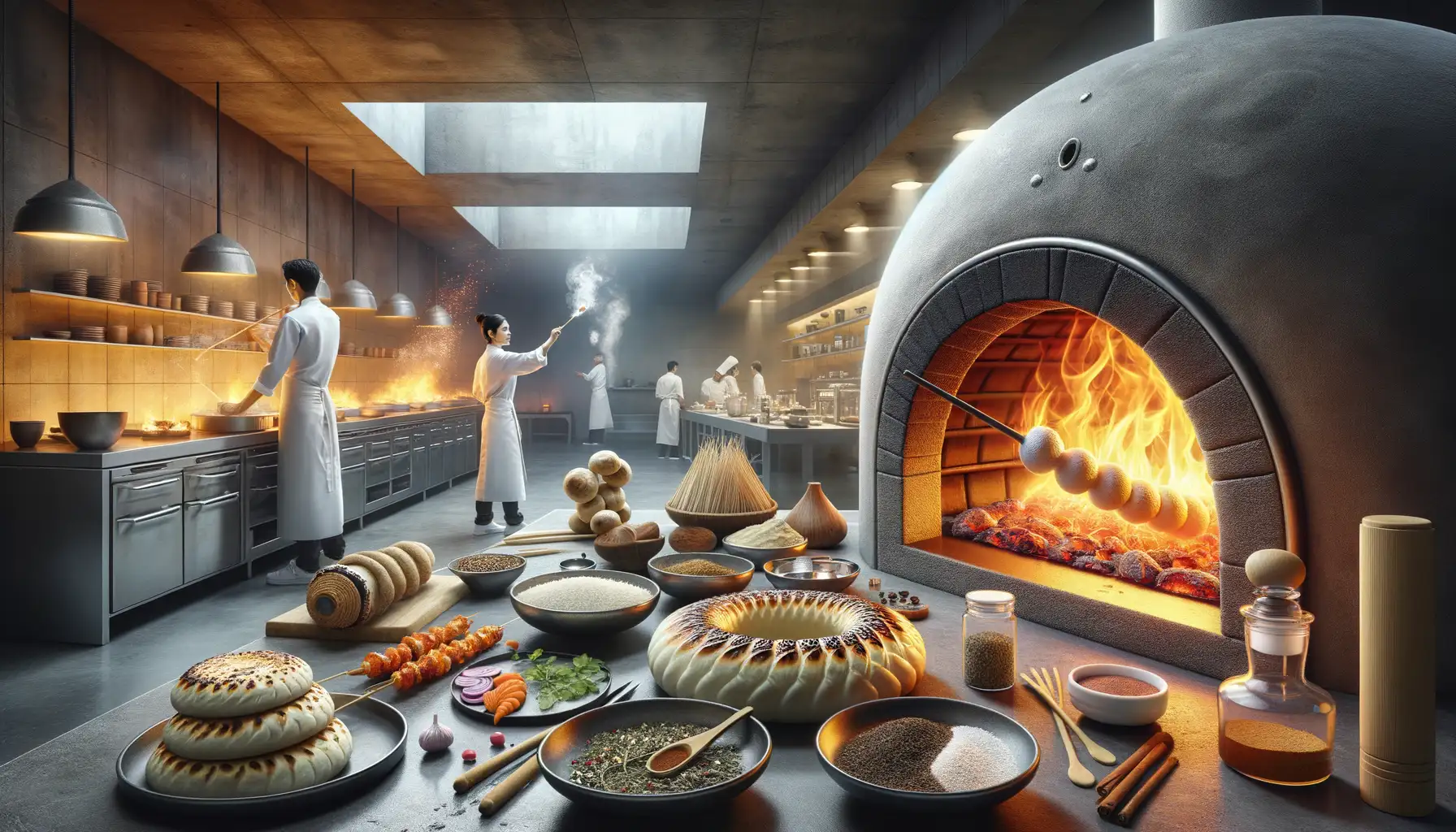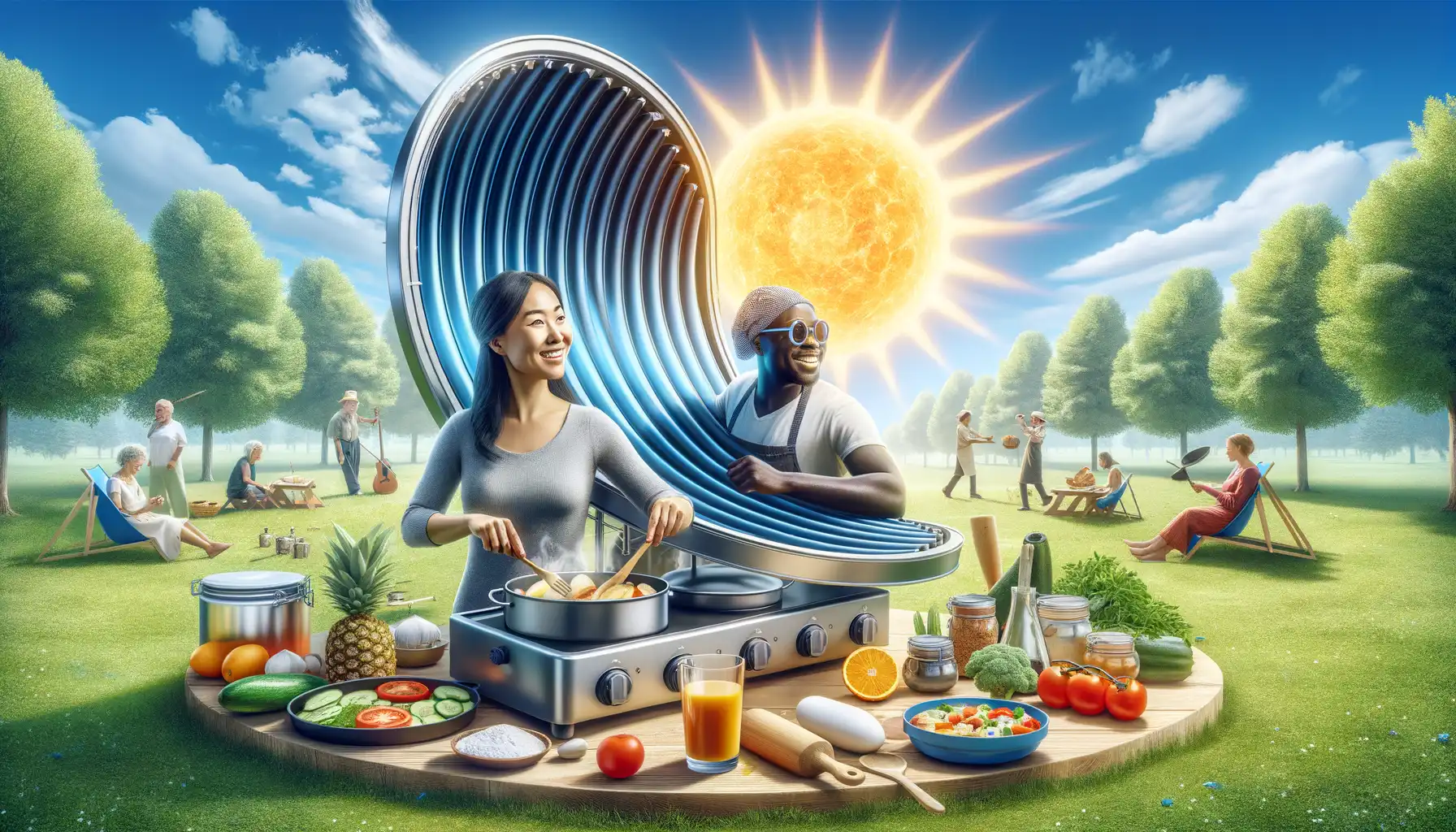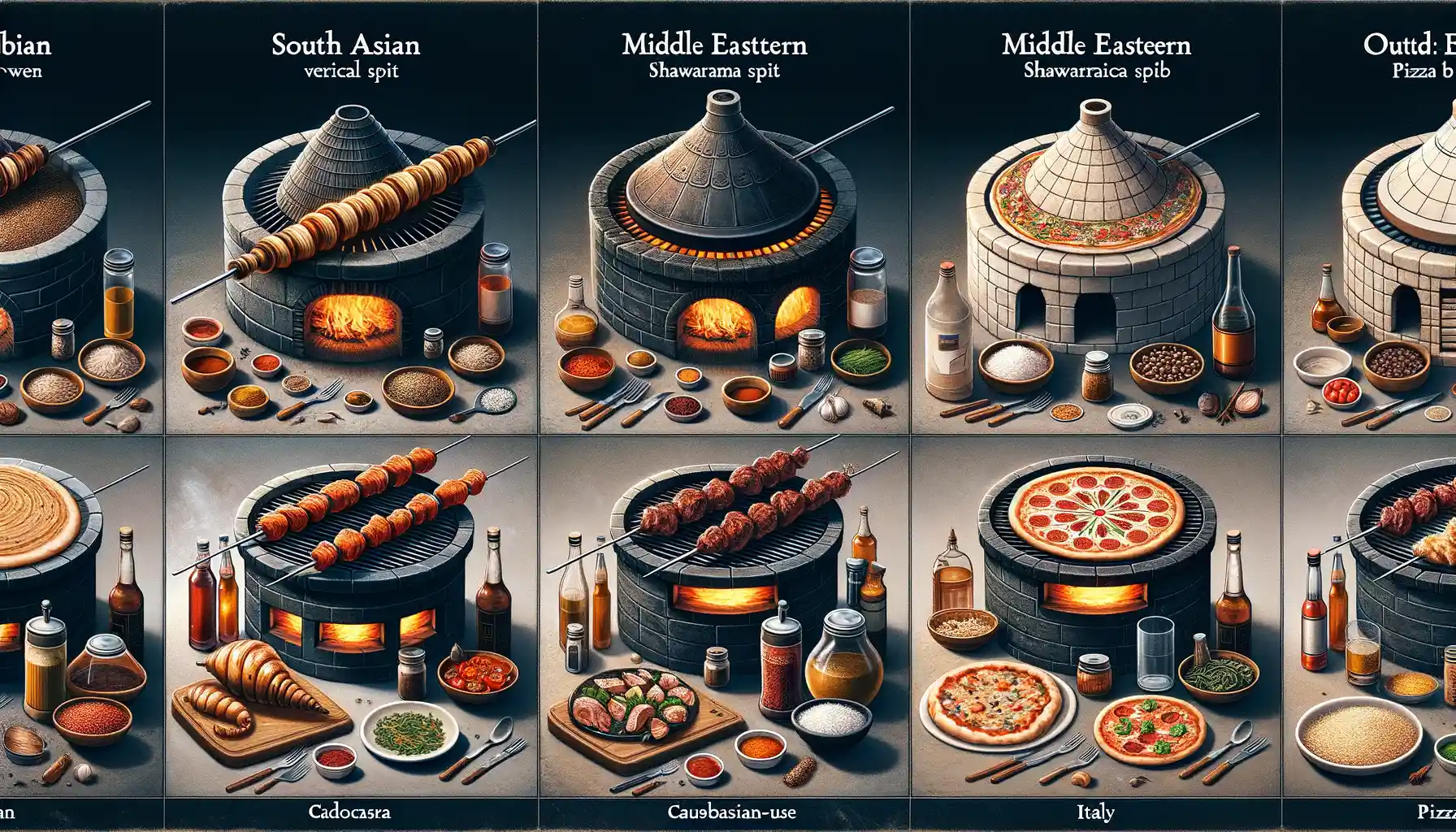Introduction to Ancient Cooking Techniques
Imagine peeling back the layers of time and stepping into a world long before stainless steel appliances and precision timers ruled our kitchens. Ancient cooking techniques are like forgotten love letters to the art of preparing food—slow, deliberate, and deeply intertwined with the earth itself. These methods didn’t just make meals; they forged connections between people, places, and traditions.
Why Ancient Cooking Still Captures Our Hearts
There’s something utterly magical about fire-kissed bread baked in a clay oven or the smoky allure of meats seared inside a tandoor. These techniques weren’t just functional—they were transformative. Using the wind, sun, and soil, ancient cooks created dishes that carried the essence of life itself. For instance, early clay ovens were often built directly into the ground, creating a synergy between nature and nourishment. It’s as if the earth became the chef!
Let’s not forget the ingenuity behind these methods, either:
- Clay ovens: A fusion of fire and insulation to bake evenly and retain moisture.
- Solar cooking: Harnessing sunlight in reflective boxes—a sustainable feat ahead of its time.
Every crackle of firewood and every rise of dough told a story, whispered from generation to generation, much like an heirloom recipe passed down in your family. Ancient cooking wasn’t rushed; it was about savoring the process and respecting the ingredients. In a world moving at breakneck speed, revisiting these primitive yet brilliant methods is like finding an old, familiar melody that still warms your heart.
Clay Ovens: Methods, History, and Applications

The Art of Cooking with Clay: Timeless Techniques
Cooking with clay has a kind of magic to it, doesn’t it? Imagine earthy aromas wafting through the air as flavors meld together in a humble, hand-crafted oven. That’s the beauty of the clay oven—a tradition as old as fire itself. From ancient Mesopotamia to rural India, these ovens have shaped the way humans cooked, shared meals, and built community.
The methods are surprisingly simple yet endlessly ingenious. A basic clay oven is formed with natural clay and straw, sculpted into a dome or rectangular shape, and fired until sturdy. Once heated, the structure retains remarkable amounts of heat, turning into a powerhouse for baking flatbreads, roasting meats, or even slow-cooking stews. Did you know certain clay ovens operate entirely without fuel after being pre-heated? Their insulating properties lock in warmth like an unwavering embrace.
- Tandoor ovens for naan and smoky kebabs? A type of vertical clay oven.
- Wood-fired pizza ovens? Yes, also born of this ancient craft.
- Earth ovens buried in sand? Another variant, layered with history.
A Peek into History: Clay Ovens Around the World
Tracing their origins, we find clay ovens in nearly every corner of the globe. They were the backbone of Egyptian bakeries, churning out flatbreads called eish baladi. Across the ocean, Native Americans built hornos, outdoor clay ovens perfect for cornmeal cakes and roasted game. Meanwhile, Europeans refined models like the boulangerie-style ovens still found in French villages.
These ovens didn’t just prepare food; they offered comfort, serving as literal hearths where families gathered. Clay ovens were sustainable before it was trendy, using local materials to create cooking systems that lasted decades. Can you picture the glow of embers lighting up twilight as ancestors prepared meals? It’s a scene both nostalgic and enduringly modern.
The Role of the Tandoor in Traditional and Modern Cooking

A Glimpse into the Soul of the Tandoor
Imagine a blazing fire encased in centuries of tradition, its heat whispering secrets to naan bread and sizzling kebabs. That’s the magic of the tandoor, a clay oven that has stood as both a symbol of culinary artistry and communal bonds. Originating from the Indian subcontinent and Middle East, this marvel transforms simple ingredients into unforgettable dishes. With temperatures reaching up to 900°F (480°C), every ingredient it touches dances with flavor—smoky, charred, perfectly cooked.
In traditional settings, the tandoor was more than just an appliance. Families gathered around it, their stories mingling with the tantalizing aroma of butter melting on freshly baked rotis. Even today, in modern kitchens, chefs have embraced tandoors to reimagine classics while creating new gastronomic wonders.
How the Tandoor Bridges Past and Present
Why does the tandoor remain relevant? Consider this:
- Flavor infusion: Its earthy interior imparts a smoky depth no gas stove can match.
- Versatility: From breads clinging to its walls to marinated meats skewered and lowered into its core, it’s a playground for culinary creativity.
The tandoor isn’t just a cooking tool; it’s where passion meets technique, a legacy that lives on in every bite.
Solar Cooking: Harnessing Renewable Energy for Food Preparation

Cooking with Sunshine: A Marvel of Ingenuity
Imagine preparing your meal with nothing but the power of the sun. No wood to chop, no gas to burn—just pure, renewable energy from above. That’s the magic of solar cooking, an ancient method reimagined for modern times. It’s like a science experiment and an art form rolled into one. The simplicity is astounding, yet its impact can be life-changing.
How does it work? At its heart, solar cooking relies on mirrors, reflectors, or even black-painted pots to focus sunlight and trap heat. You can roast vegetables to perfection in a parabolic cooker or slow-cook beans in a box-shaped solar oven. These aren’t futuristic contraptions—they’re tools people all over the world use daily, especially in areas where firewood is scarce.
- Safe and sustainable: No smoke, no risk of fire—just clean cooking.
- Unmatched versatility: From baking bread to brewing tea, the possibilities are endless.
And the best part? There’s something deeply satisfying about turning sunlight into sustenance. It’s as if nature itself is lending you a hand, whispering, “Here, let me cook for you.” Isn’t that remarkable?
Comparison and Cultural Significance of These Cooking Methods

How Traditions Shape the Taste of Food
When comparing these ancient cooking methods, it’s fascinating to see how each one not only transforms ingredients but also weaves a story of culture and tradition. Picture a rustic clay oven in a small Italian village—its earthy aroma mingling with freshly baked bread. Clay ovens bring a sense of nostalgia, offering a connection to the land itself through their natural materials.
Now, contrast that with the dramatic flair of the tandoor. Think sizzling skewers of marinated chicken, the smoky scent curling through the air, and families gathering for feasts. The tandoor doesn’t just cook food; it creates an experience—a sensory dance blending spice and fire.
On the other side of this culinary spectrum lies the sleek simplicity of solar cooking. Harnessing the sun’s rays might feel modern, but it’s rooted in humanity’s oldest relationship: that with nature itself. There’s beauty in slow-cooked solar recipes, as if time itself is one of the ingredients.
- Clay ovens: Earthy, grounding, and timeless.
- Tandoors: Bold, dramatic, and deeply communal.
- Solar cookers: Innovative, sustainable, and quietly powerful.
The Cultural Heartbeat Behind Cooking
Each method doesn’t just fuel bodies—it nourishes identities. For example, the tandoor‘s legacy thrives in South Asia, where naan and kebabs carry centuries of storytelling. Meanwhile, solar cooking has become a beacon of hope in off-grid communities, bridging innovation with necessity. And who can ignore the humble clay oven, which links countless cultures across the globe, from African tagines to Middle Eastern flatbreads?
What’s striking is how these methods go beyond basic food preparation. They’re rituals, symbols, and sometimes even acts of resistance against modernization. These cooking techniques remind us that food isn’t just a meal; it’s a memory, a celebration, a statement.